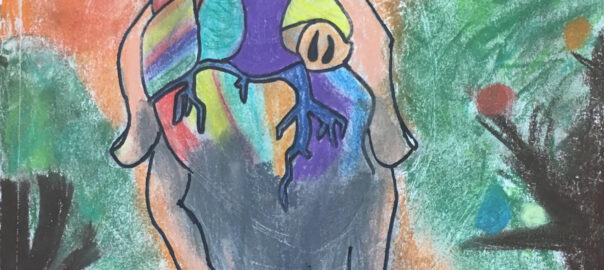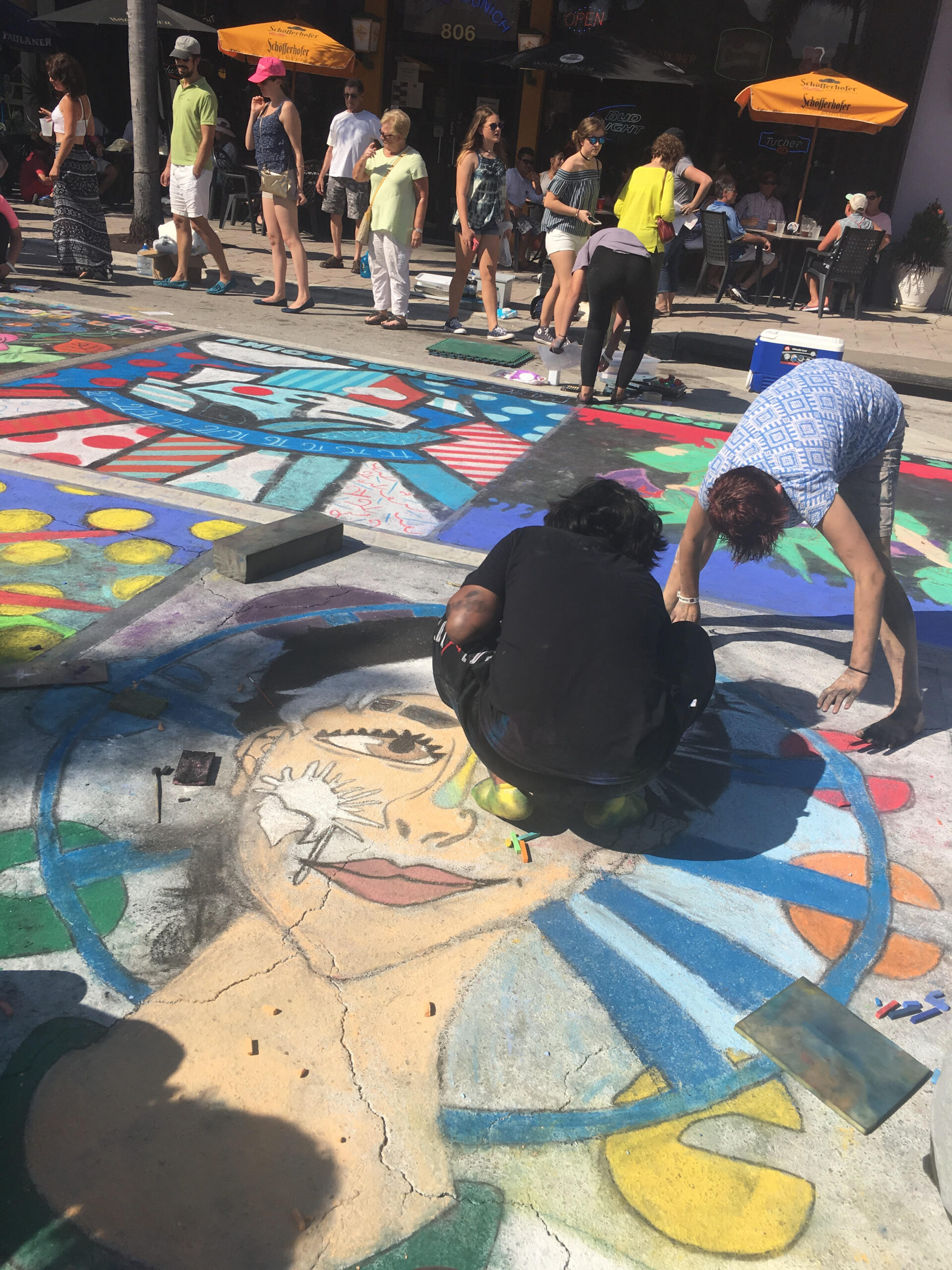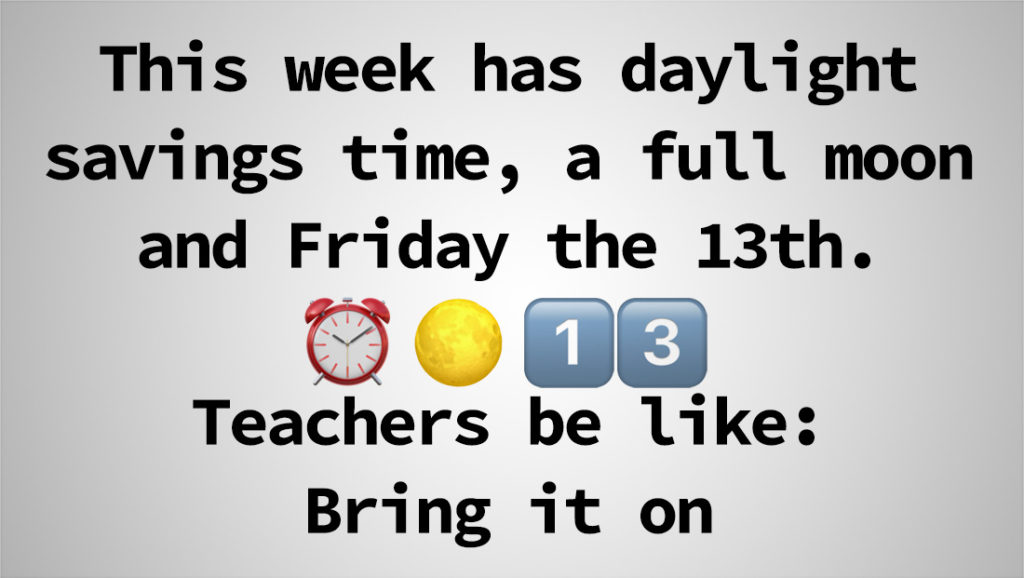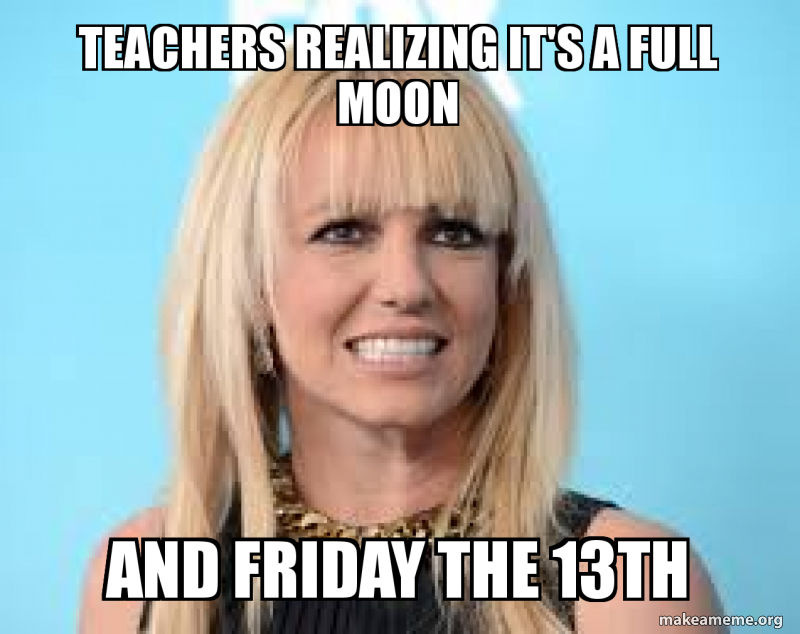The COVID-19 pandemic has undoubtedly left an indelible mark on our world, impacting individuals and communities in profound ways. Beyond the physical health concerns, the pandemic has also exacerbated mental health issues, particularly among children and adolescents, many of whom have experienced trauma and loss. As educators and arts professionals, we face the challenge of supporting these students and creating nurturing environments that foster healing, resilience, and self-expression.

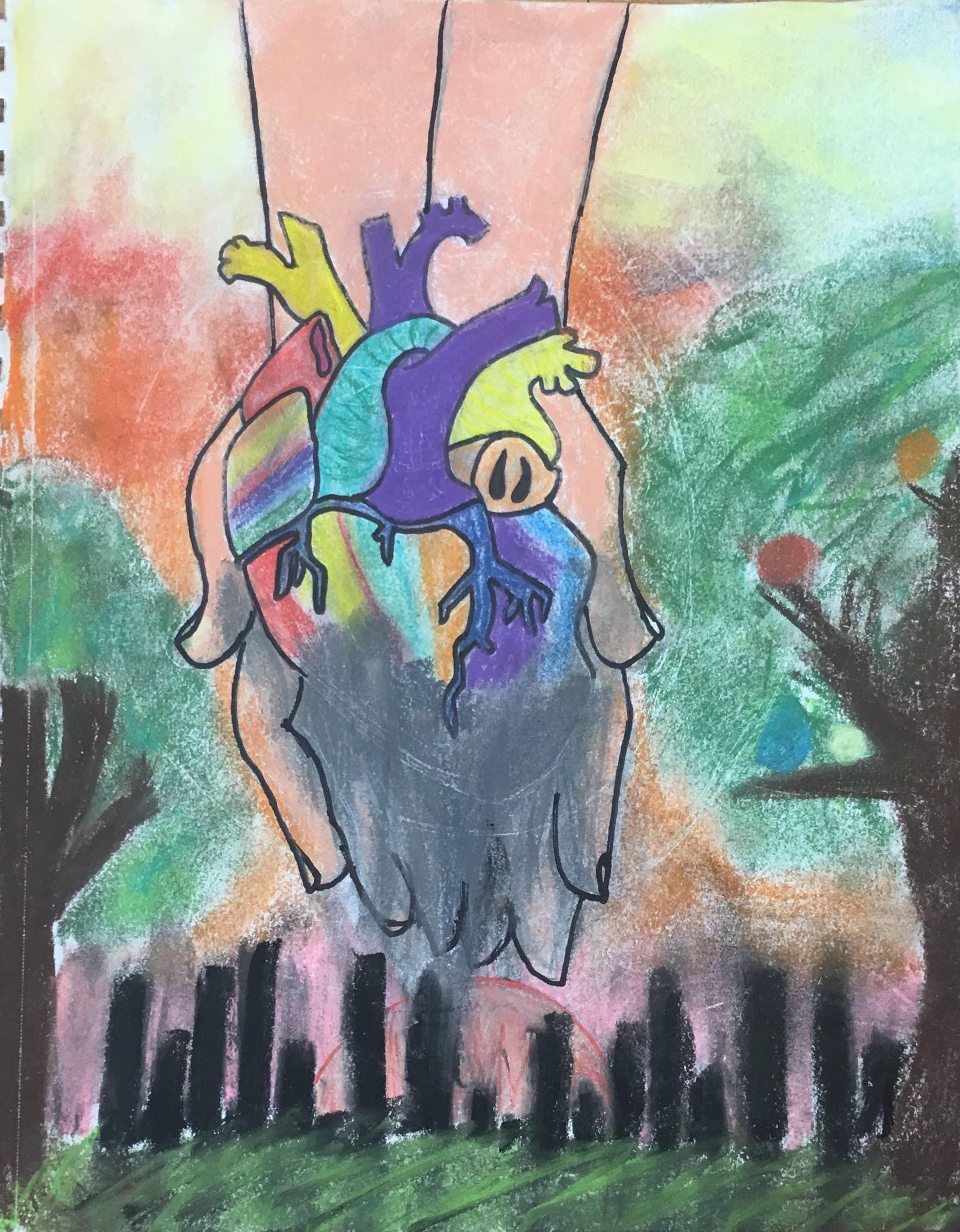
In my own teaching experience and work as the founder of a nonprofit performing arts organization, I have witnessed the transformative power of mindfulness practices and arts education in supporting students who have been through trauma. Mindfulness, the practice of non-judgmental awareness of the present moment, offers a range of benefits for these individuals, including:
- Reduced stress and anxiety: Mindfulness cultivates a sense of calm and inner peace, helping students manage the overwhelming emotions that often accompany trauma.
- Improved emotional regulation: Mindfulness teaches students to observe and accept their emotions without getting caught up in them, enabling them to respond more effectively to challenging situations.
- Enhanced self-awareness: Mindfulness fosters a deeper understanding of one’s thoughts, feelings, and sensations, empowering students to make conscious choices about their reactions and behaviors.
- Increased empathy and compassion: Mindfulness cultivates a sense of connectedness with others, enabling students to develop empathy and compassion for themselves and others.
Arts education, on the other hand, provides a unique platform for trauma-affected students to express their emotions, explore their experiences, and develop coping mechanisms. Through various art forms, such as visual arts, music, dance, and creative writing, students can:
- Process their emotions and experiences in a safe and non-threatening environment.
- Develop self-awareness and self-expression skills.
- Explore and communicate their inner world in a way that words alone may not allow.
- Build self-esteem and confidence.
- Connect with others who share similar experiences.
The integration of mindfulness and arts education into the learning environment has been particularly valuable in the post-COVID era, where many students are grappling with the aftermath of the pandemic’s disruptions and uncertainties. These combined practices can provide a holistic approach to supporting trauma-affected students, fostering healing, resilience, and self-expression.
Here are some specific examples of how mindfulness and arts education can be incorporated into the classroom and beyond:
- Mindful breathing exercises and guided meditations can be integrated into arts classes to help students manage stress and anxiety before or during creative activities
- Mindful journaling prompts can be used to encourage students to reflect on their thoughts and feelings while creating art.
- Art therapy sessions can be offered to provide students with a safe space to process their emotions and experiences through art-making.
- Mindful movement practices can be incorporated into art classes to help students connect with their bodies and reduce stress.
- Art exhibitions and performances can provide opportunities for students to share their work with others and build a sense of community.
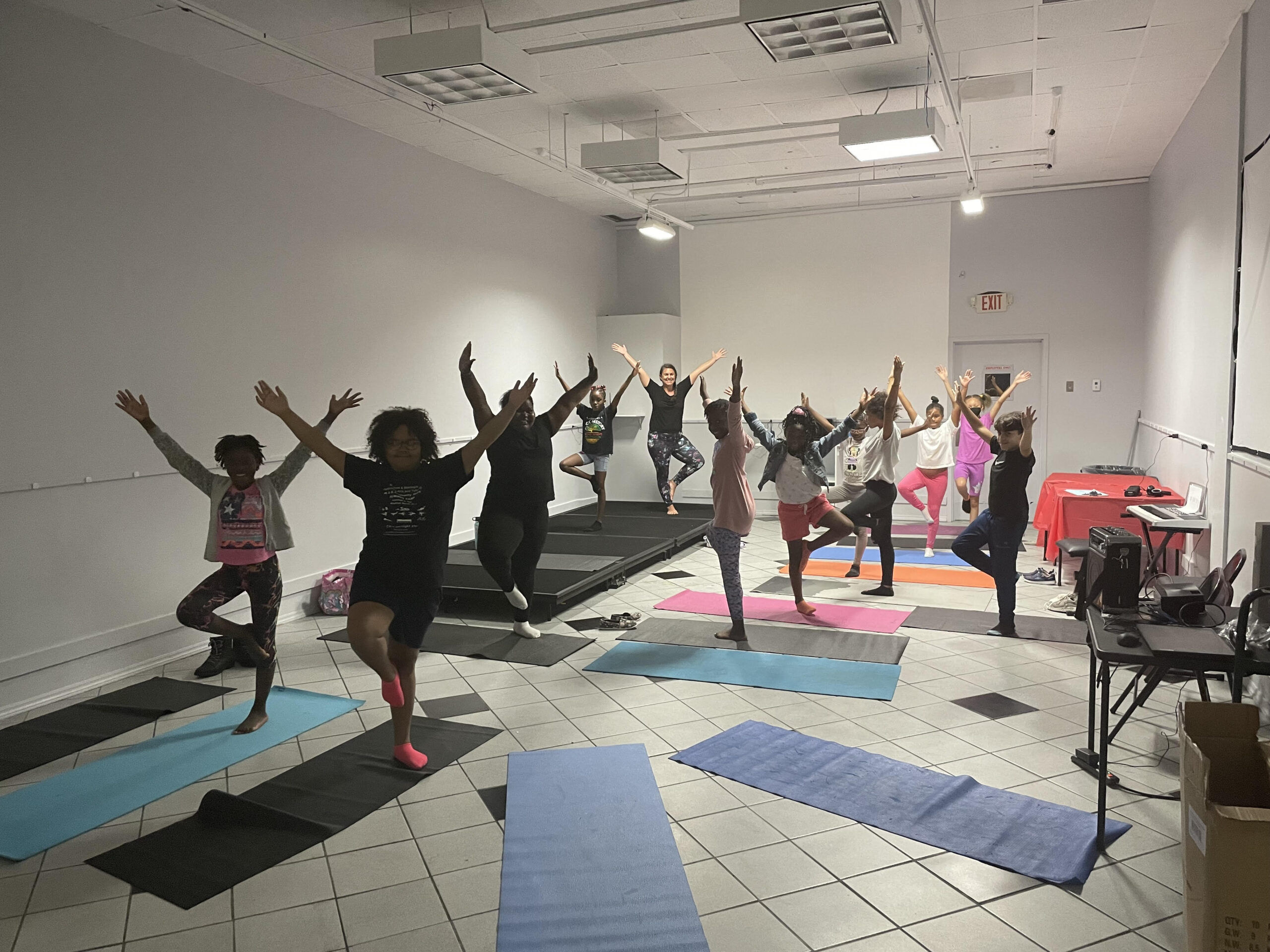
In my work with my nonprofit organization, I have seen firsthand the positive impact of mindfulness and arts education on trauma-affected students. I’ve have seen them become more confident, expressive, and resilient. I’ve have seen them develop a deeper understanding of themselves and their emotions. And I have seen them build strong connections with others.
I believe that mindfulness and arts education are powerful tools that can be used to help trauma-affected students heal and thrive. By integrating these practices into our work, we can create a more nurturing and supportive world for all.
Additional Resources
- American Psychological Association. (2016, December). How mindfulness and arts education can help students heal from trauma. Greater Good Science Center. Retrieved from https://www.edweek.org/leadership/opinion-how-art-can-help-children-overcome-trauma/2016/12
- National Education Association. (2017, April). Using arts education to support trauma-affected students. Retrieved from https://www.nea.org/professional-excellence/student-engagement/trauma-informed-schools
- National Endowment for the Arts. (2020). Trauma-informed arts education: A guide for educators (4th ed.). Retrieved from https://tyler.temple.edu/sites/tyler/files/Translations4_Trauma-informed%20Art%20Education.pdf
I hope this blog post has been helpful. If you have any questions, please feel free to leave a comment below.
